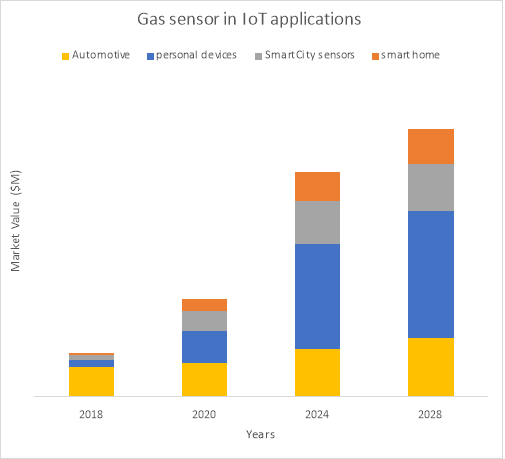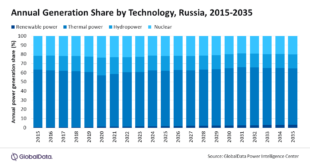Poor air quality is a growing threat to the public health.
Knowing the information of the air quality will allow us to take appropriate actions to reduce the levels of air pollution at the right place and right time.
However, such information is mainly provided by static measurement stations, which normally have low spatial coverage. These stations are run by governments or industries for safety reasons.
The main reason is the gas sensing equipment are usually bulky, highly technical and expensive ((>$1000 per module), therefore they are inaccessible for individual users.

With the fast development of microelectromechanical systems and internet connectivity, customers now have higher expectations.
Asthma patients want to know from their smartphone if one living room is good for them to stay; athletes need a better training plan if O2 levels can be monitored. The ventilation system in the office building will be automated if the air quality in each room is accessible.
There is a growing market looking for ultra-low power, low cost, mini-size gas sensors, which can be integrated into vast amounts of devices and connected with each other.
Through the rapid spread of internet of things (IoT), the air quality information will be intensively collected, shared and analysed, and eventually will contribute to a healthier society.
In the report Environmental Gas Sensors 2018-2028, IDTechEx predicts a large growth of gas sensors market in the coming years and the market value will be more than $3 billion in 2028.
Most of the growth comes from the IoT applications, such as smart city, smart home, smartphone and wearable devices.
However, each market segment emphasises different aspects.
For example, the smart city project requires the gas sensor to detect different gases simultaneously with high sensitivity and selectivity, while size and price are the key concerns for wearable devices.
How to choose the suitable gas sensors or find the right market segments to enter is a key question, and it largely varies with the application and sensor detection principles.
In this report, we summarise the pros and cons of different detection principles, and analysis their suitability for the applications in IoT and beyond.
IDTechEx predicts a significant rise in sales across IoT markets, primarily in the mobile device and air purifier industries. Engineer News Network The ultimate online news and information resource for today’s engineer
Engineer News Network The ultimate online news and information resource for today’s engineer



